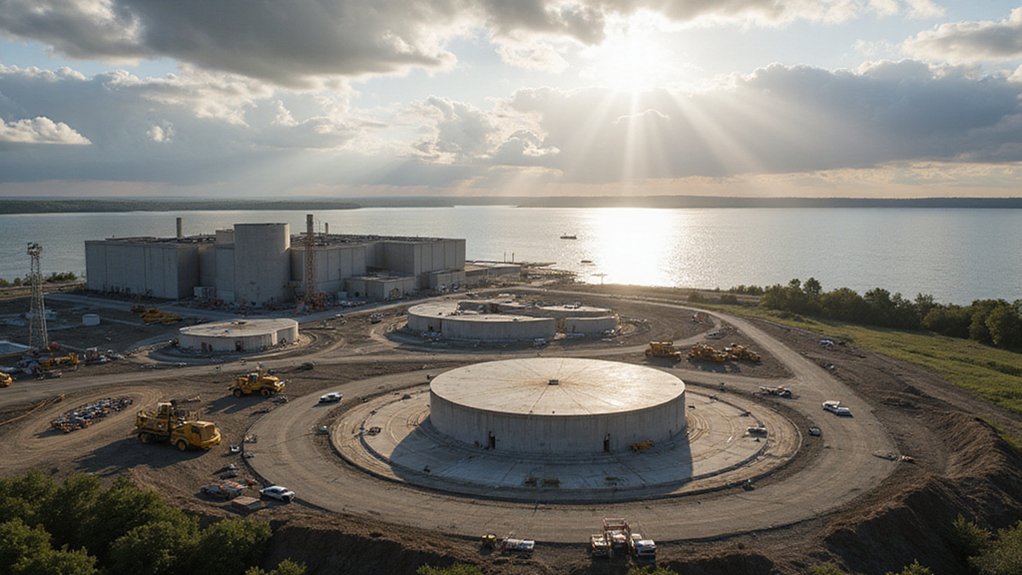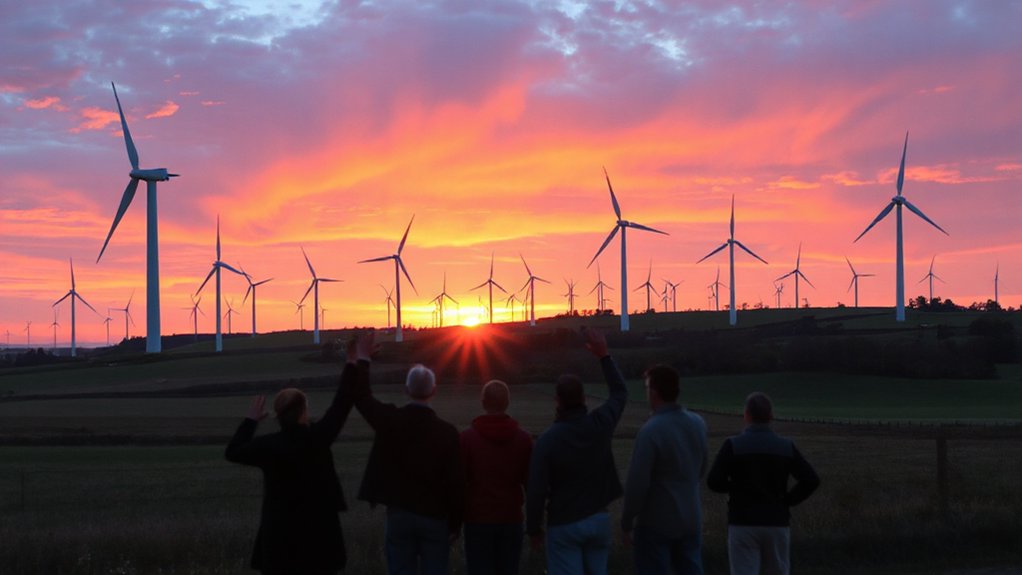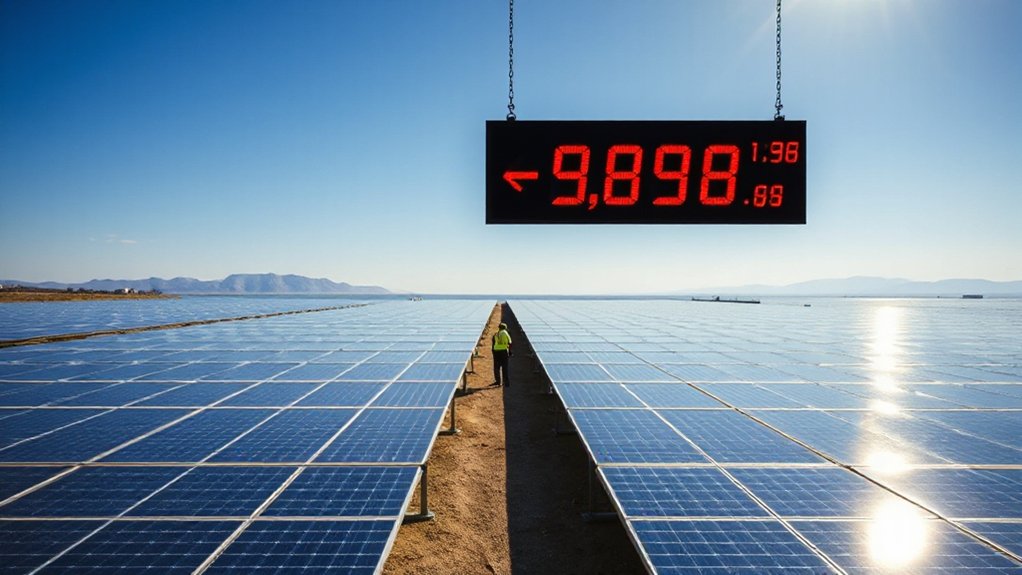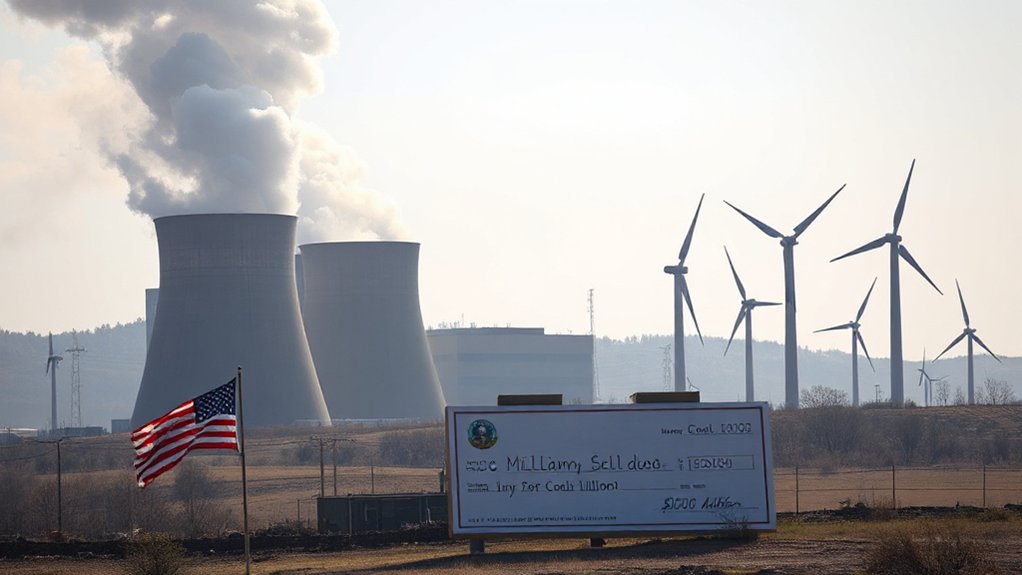Duke Energy’s Robinson Nuclear Plant awaits the NRC’s decision on a 20-year license extension that would allow operation until 2050. The plant has provided carbon-free electricity since 1971 and received $1.7 billion in modernization investments. However, significant concerns exist about seismic vulnerabilities, with H.B. Robinson Unit 2 having the highest seismic risk among U.S. nuclear reactors. The outcome will balance clean energy benefits against critical safety considerations.
How will the Robinson Nuclear Plant continue its legacy as a cornerstone of energy production in the southeastern United States? The answer now rests with the Nuclear Regulatory Commission (NRC) as the plant seeks a 20-year extension to its operating license.
Since opening in 1971 as the first commercial nuclear power plant in the southeastern U.S., Robinson has become essential to the region’s economy. The facility generates 759 megawatts of carbon-free electricity while providing well-paying jobs and supporting the local tax base.
For over five decades, Robinson Nuclear Plant has powered economic growth while delivering reliable carbon-free electricity to the Southeast.
The plant, which celebrated its 50th anniversary in 2021, was once the world’s largest nuclear power plant during its construction phase. Today, it operates a 735 MW Westinghouse pressurized water reactor that helps power homes and businesses throughout the Carolinas.
Duke Energy has invested approximately $1.7 billion to modernize Robinson’s infrastructure, enhancing both safety and efficiency. These upgrades include updated components that support grid reliability and help meet emerging energy demands. Robinson’s 93% capacity factor demonstrates nuclear power’s reliability advantage over intermittent renewable energy sources.
Robinson faces challenges in its bid for renewal. The NRC’s review focuses on the plant’s ability to operate safely for another 20 years. Safety evaluations examine potential seismic, fire, and flood risks. Critics point to seismic vulnerabilities as a particular concern.
The plant relies on Lake Robinson for cooling, with additional risks tied to dam integrity. H.B. Robinson Unit 2 has the highest seismic risk of any nuclear reactor in the United States. While emergency backup systems were updated following the Fukushima disaster, some structural modifications remain limited.
Despite these challenges, Robinson plays an important role in Duke Energy‘s shift from fossil fuels to cleaner energy sources. If approved, this subsequent license renewal would extend the plant’s operations until 2050, building on the previous renewal granted in 2004. The plant provides reliable, low-cost electricity while supporting regional goals for reducing carbon emissions.
Federal nuclear production tax credits help keep energy costs down for consumers, while the plant’s continued operation offers economic stability to surrounding communities.
As the NRC weighs its decision, Robinson’s future remains a balancing act between addressing safety concerns and recognizing the plant’s significant contributions to the region’s economy and clean energy goals.









